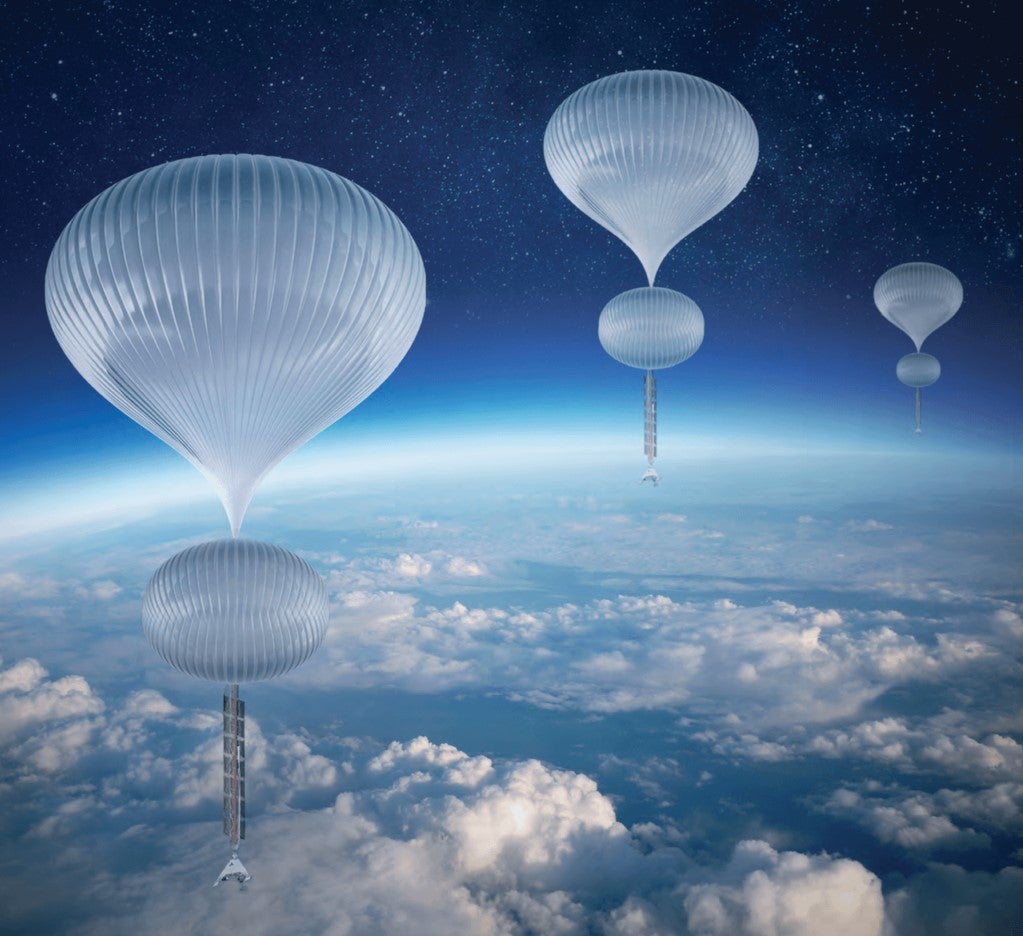US Company World View Seeks to Use Stratospheric Balloons for National Security Missions
Surveillance balloons have been a topic of interest for many thanks to the incident involving a Chinese balloon and an F-22. While many brushed off the reconnaissance capability of the Chinese vehicle, stratospheric balloons offer a unique remote sensing platform between the capabilities of satellites and UAVs. The US balloon pioneer World View intends to market its Stratollite balloon system to meet this capability.
World View announced on 13 January that it would become publicly traded through a Special Acquisition Company (SPAC) merger to generate cash for developing its remote sensing balloon business. On 1 February, the whole of the US was suddenly gripped by the appearance of what seemed to be a Chinese remote sensing balloon. World View released an investor presentation on 3 February and then, in a remarkable coincidence, the next day the Chinese balloon was shot down. Truly immaculate timing.
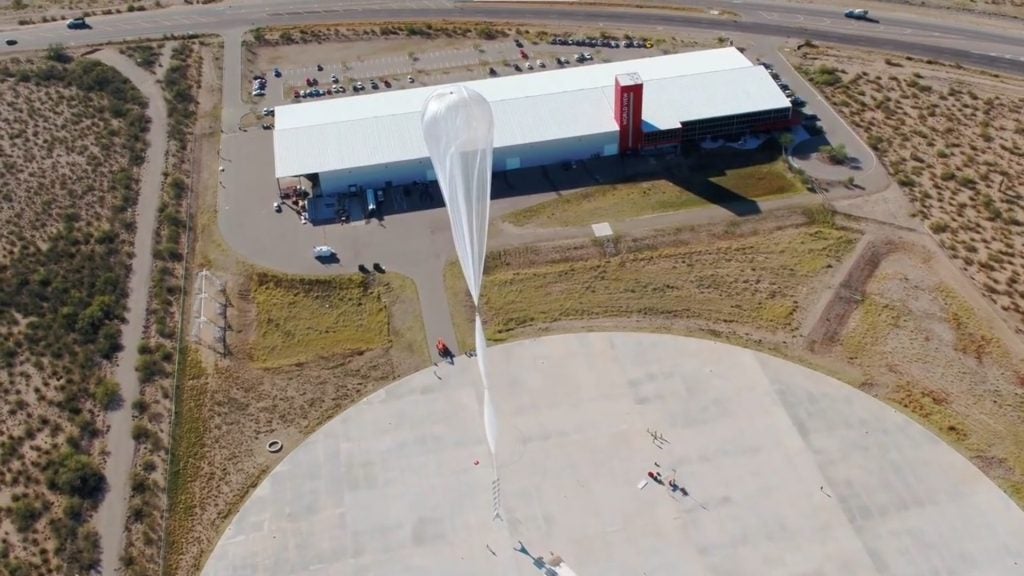
First founded in 2012, World View was focused on providing stratospheric tourism competing with much more expensive space tourism like that offered by Virgin Galactic or Blue Origin. While these tickets to space cost half a million dollars or more for several minutes, World View intended to offer 5 hours of visually stunning scenery for a mere $50,000. However, this proved to be more difficult than expected so World View pivoted its technology into an unmanned platform known as the Stratollite. This stratospheric balloon system could carry sensors to high altitudes for scientific, commercial, and national security purposes.
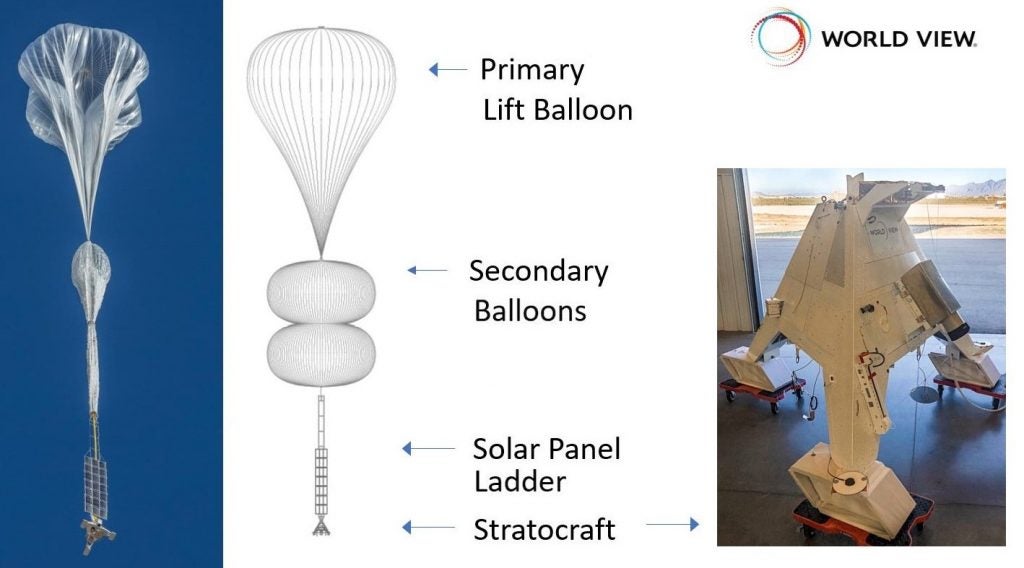
World View began selling remote sensing imagery in 2017 and set the record for the highest trajectory-controlled stratospheric flight at 94,000 feet. To control itself the Stratollite has two balloons, one providing lift and the other acting as a ballast. Air can be pumped in or out of the ballast to change the vehicle’s altitude. At stratospheric altitudes, winds are relatively calm (10-30km/h) and predictable. With good data on directional wind speeds at different altitudes, the balloon can move among these streams to control its position. While it’s certainly not as precise as an airplane the Stratollite has demonstrated the ability to stay within a 40km radius for 10 days and has an overall endurance of 45 days. World View advertises the onboard sensors’ field of regard as 50km while flying at 75,000ft. This means the balloon can observe a specific point for 10 days at a very high resolution.
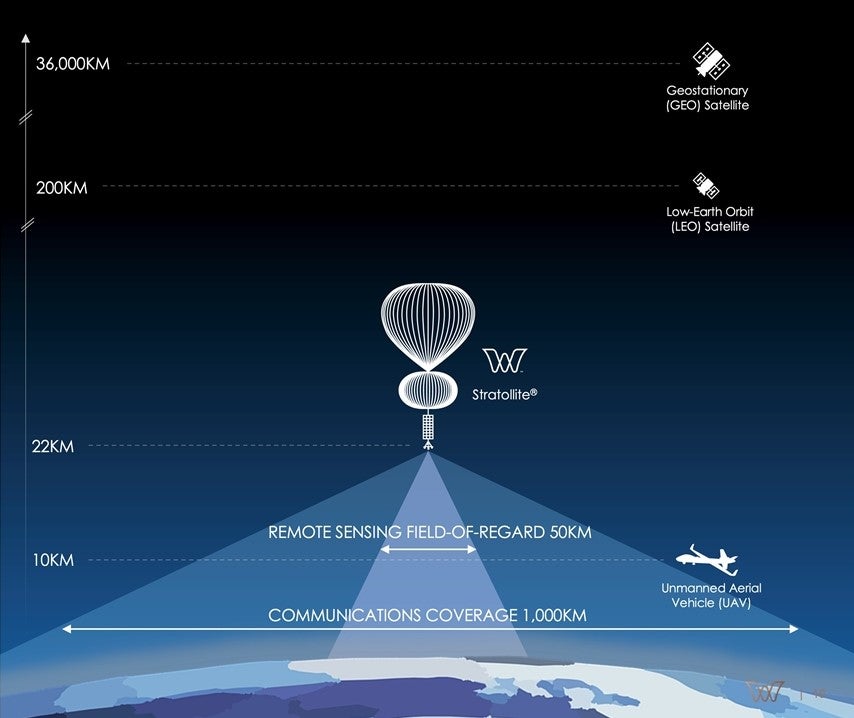
Thanks to flying at much lower altitudes, Stratollite offers much greater resolution than commercial earth observation satellites. For example, the imagery provider Maxar offers a resolution of 30cm from a satellite orbiting at 600km. With its much smaller and cheaper camera, a Stratollite can offer a 5cm resolution from an altitude of 22km (~72,000ft). Of course, as demonstrated by the Chinese balloon shootdown, they can’t overfly an opponent’s airspace freely like satellites can. However, missions outside of contested airspace like border control, counter-insurgency, and counter-narcotics are great uses for balloon-based imagery.

Additionally, non-imagery payloads such as communications and electronic intelligence systems are easily hosted as well. These can be operated at standoff distances making Stratollite viable in a peer conflict. World View teamed up with Sierra Nevada Corporation (SNC) to compete in the UK MoD’s Project Aether. This seeks to demonstrate a capability for “ultra-persistent wide area communications with ISR, using stratospheric uncrewed air systems that can be rapidly maneuvered to an area of interest that is anywhere in the world.” The demonstration, which began in May 2022 lasting until December 2023, also demands being on station for several months at a time. World View’s Stratollite is an ideal candidate and the first demonstration for Project Aether took place in October 2022. The mission went so well that SNC and World View formed a strategic partnership in November, marrying the two companies’ expertise. SNC is an industry leader in airborne ISR particularly in integrating these systems on lighter aircraft. Stratollite can currently only handle payloads of 50kg so weight optimization is vital. The next demo for Project Aether will attempt to extend Stratollite’s endurance to 60 days.
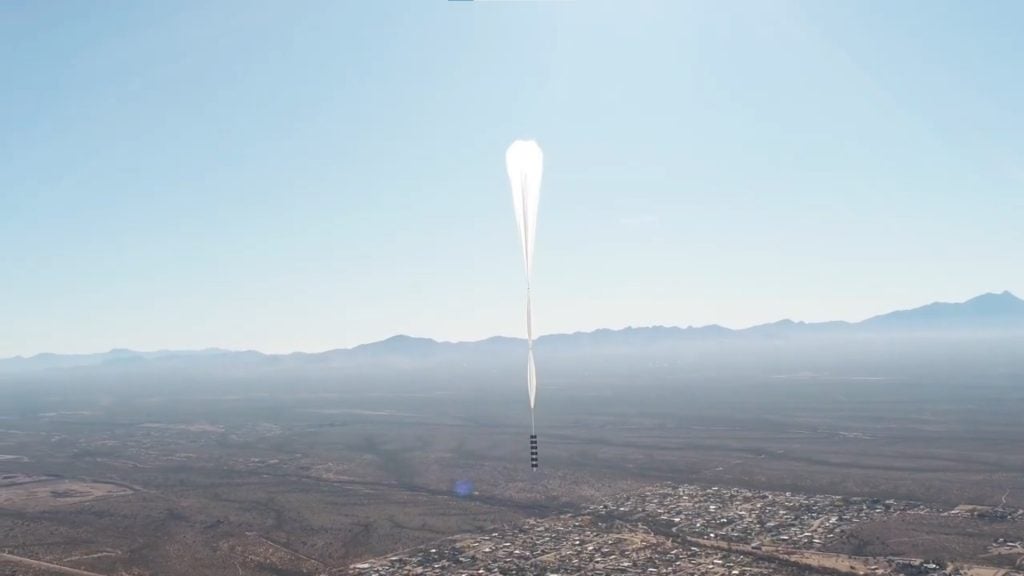
Current weight constraints are temporary as World View has much larger balloons in the works. The current Stratollite has a gas volume of about 23,000 cubic meters. World View has already tested a monstrous 480,000 cubic meter balloon for its stratospheric tourism project. It has also demonstrated lifting payloads up to 10,000kg. For comparison, the Maxar satellite in the earlier comparison weighed 2800kg, so remarkably powerful sensors could be lofted albeit with huge amounts of gas being required.
World View isn’t the only one to have demonstrated the altitude-controlled stratospheric balloon concept. Raven Aerostar has conducted tests for the US DoD using its Thunderhead balloon system which offers similar performance to Stratollite. These tests were conducted in 2019 with SNC providing the ISR and communication systems. The fact that SNC has chosen instead to partner with World View is telling. Raven also partnered with Google in its Loon project which sought to use balloons to provide 4G LTE connectivity in austere regions, however, the project was shuttered in 2021. This places World View as the premiere stratospheric balloon provider for remote sensing missions at a time when balloon-based capabilities have renewed interest.

